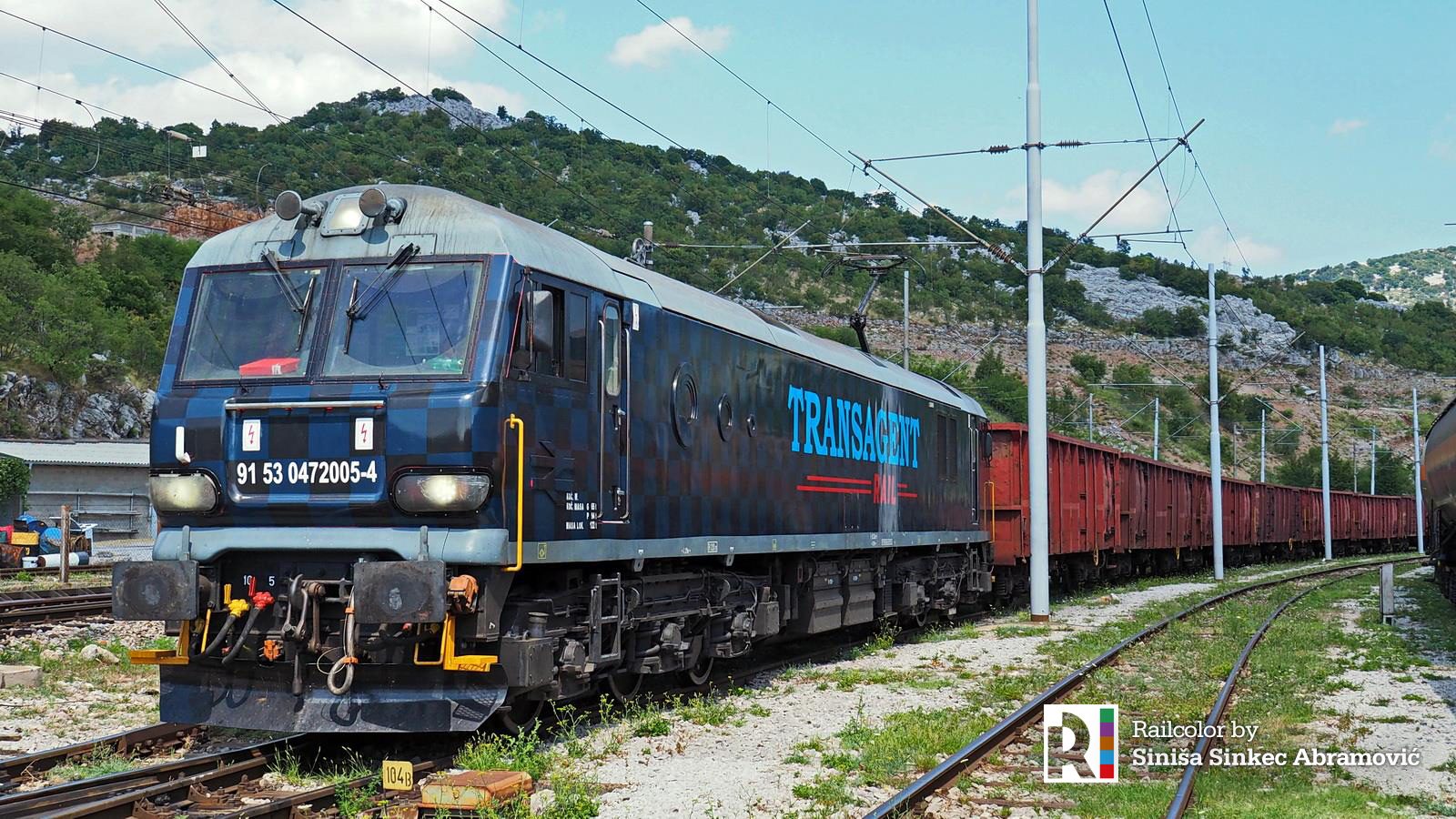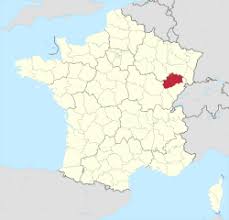
Introduction
Croatia, known for its breathtaking coastline along the Adriatic Sea, has become a popular destination for tourists seeking both natural beauty and rich cultural experiences. With its picturesque cities, historical landmarks, and diverse landscapes, Croatia has seen a surge in visitors, especially following its admission to the European Union in 2013. This article aims to explore the significance of Croatia in the current global tourism landscape and its appeal to visitors from all over the world.
Current Attractions and Highlights
From the ancient Roman ruins in Pula to the stunning city of Dubrovnik, known as the “Pearl of the Adriatic”, Croatia offers a wealth of attractions. The country’s National Parks, such as Plitvice Lakes and Krka, are famous for their cascading waterfalls and vibrant flora and fauna, drawing nature enthusiasts year-round. Furthermore, Croatia’s unique blend of Mediterranean and Central European influences can be witnessed in its cuisine, architecture, and local customs.
Recent reports have shown a notable increase in the number of international tourists visiting Croatia. In 2023, the Croatian National Tourist Board (HTZ) reported a 20% growth in visitors compared to the previous year, largely attributed to the country’s successful promotion of travel safety and its array of open-air events, festivals, and cultural experiences. The seaside towns, bustling with life during the summer months, have become synonymous with relaxation, adventure, and exploration, offering something for everyone.
Impact of Tourism on the Economy
The burgeoning tourism sector has had a substantial impact on Croatia’s economy, providing thousands of jobs and contributing significantly to regional development. The government has made efforts to enhance infrastructure, improve public transport, and promote sustainable tourism practices to accommodate increasing numbers of tourists while preserving the natural environment and cultural heritage.
Conclusion
As Croatia continues to gain popularity as a tourist destination, the significance of preserving its natural landscapes and cultural sites remains paramount. With forecasts predicting an ongoing increase in visitor numbers, the Croatian government and local businesses are encouraged to implement sustainable practices that safeguard the nation’s rich history while catering to tourism’s demands. For readers considering their next holiday destination, the allure of Croatia, with its magnificent scenery and vibrant culture, is undeniably compelling.
You may also like

Exploring Wolverhampton: A Gateway to Culture and History

Exploring the Majestic Dolomites: Nature’s Masterpiece
